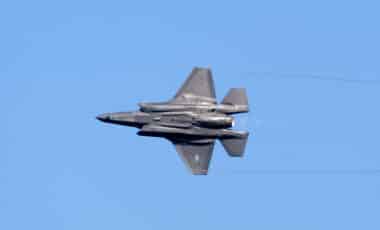A team of Chinese researchers has made a groundbreaking leap in satellite communications. By employing a new laser-based data transmission technology, they managed to establish a stable and rapid connection from a satellite located 36,000 km above Earth. This technological breakthrough has the potential to transform global communications, offering speeds five times faster than current systems, such as SpaceX’s Starlink constellation, which operates at just 550 km in altitude.
A Technological Challenge Overcome
One of the significant challenges in satellite communication has always been atmospheric turbulence. This disturbance distorts light signals and affects transmission quality. However, the team, led by Professor Wu Jian from Peking University and Liu Chao from the Chinese Academy of Sciences, successfully found a solution to stabilize these signals, even when atmospheric conditions are not ideal.
The method, known as synergy AO-MDR, combines two approaches: Adaptive Optics (AO) to adjust the distorted signals and Mode Diversity Reception (MDR) to capture scattered signals. This combination ensures smooth, uninterrupted transmission, even in turbulent conditions.
A Smart Algorithm for Reliable Connections
To ensure smooth and stable communication, a path selection algorithm was developed. Tested at the Lijiang Observatory in southwestern China, this algorithm evaluates the strength of signals from eight different channels and selects the most reliable ones. By doing so, it reduces errors and significantly improves the reliability of the transmissions.
The system uses a 1.8-meter telescope, equipped with an adaptive optics module containing 357 individually controllable micro-mirrors. These mirrors adjust the light’s trajectory before the signals are analyzed through eight distinct channels to extract the strongest data. The algorithm then identifies the channel with the strongest signal, ensuring the most reliable transmission.
A New Era in High-Speed Communication
This advancement opens up incredible possibilities for various sectors. The ability to transmit data at an impressive speed of 1 Gbps over such vast distances offers new opportunities for industries that rely on real-time data, such as media and telecommunications. It could also make high-definition streaming smoother and more efficient.
Furthermore, the technology has potential military applications, including secure and undetectable communications for space missions and military operations. The reduction in error rates due to this technology could make a significant difference in environments where every bit of data matters.
Exceeding Traditional Communication Limits
In addition to improving communication reliability, this technology could surpass the limitations of traditional radio-based communications by offering broader bandwidth, higher speeds, and lower latency. Investments in this sector could quickly lead to the development of space-based networks offering faster, more reliable internet services with fewer interruptions—initiatives like Amazon’s Project Kuiper could also benefit from these advancements.








